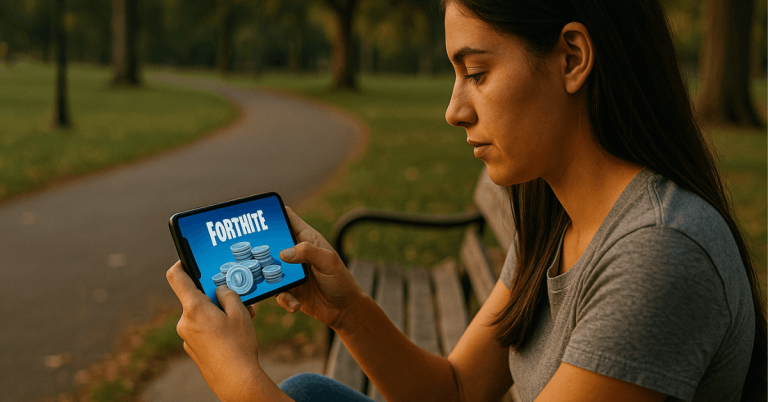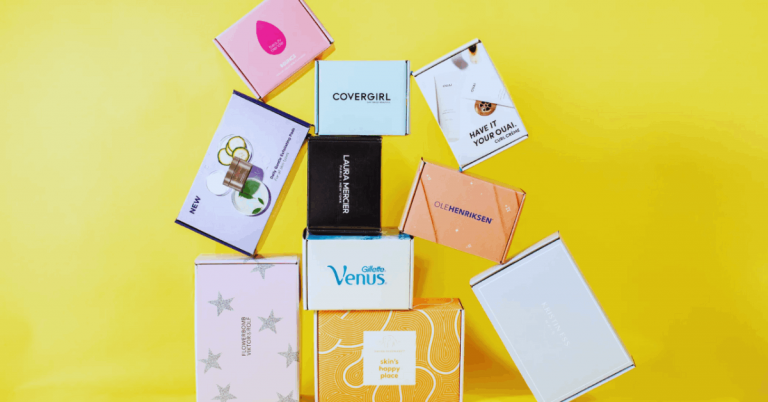In the competitive world of modern work, achieving professional excellence means maximizing productivity.
In this article, we’ll explore seven practical productivity hacks to guide you toward success, whether you’re a seasoned pro or just starting your career journey.
Prioritization Techniques
The Eisenhower Matrix, also known as the Urgent-Important Matrix, is a time management tool that aids in prioritizing tasks according to their urgency and importance. It involves sorting tasks into four quadrants:
- Urgent and Important (Do First): These tasks demand immediate attention and are your top priority, directly impacting your goals or well-being.
- Not Urgent but Important (Schedule): Vital for long-term goals and personal growth, requiring more immediate deadlines. Schedule dedicated time to avoid overlooking them.
- Urgent but Not Important (Delegate): Tasks that are urgent but less relevant to your goals can be delegated effectively to others.
- Not Urgent and Not Important (Eliminate): These tasks are often distractions and time-wasters, neither urgent nor essential, and should be minimized or eliminated from your routine.
The role of the Eisenhower Matrix in prioritizing tasks is to provide a clear framework for decision-making. It helps you:
- Identify and focus on tasks that have the most significant impact on your goals and objectives.
- Distinguish between tasks that demand immediate attention and those that can be scheduled or delegated.
- Reduce stress by addressing urgent matters and making time for meaningful, non-urgent tasks.
- Eliminate or minimize time spent on tasks that neither contribute to your goals nor require immediate action.
Time Management Strategies
Effective time management is essential for reaching your goals and maintaining a balanced life. Here are some key time management strategies to help you maximize your valuable hours:
- Prioritize tasks: Focus on the most critical and urgent tasks first.
- Set SMART goals: Define Specific, Measurable, Achievable, Relevant, and Time-bound goals.
- Create a daily schedule: Allocate time blocks for different activities.
- Avoid multitasking: Concentrate on one task at a time for increased efficiency.
- Use time management techniques: Implement methods like the Pomodoro Technique.
- Learn to say no: Be selective about your tasks and projects.
- Delegate responsibilities: Share workload and tasks with others when possible.
- Use technology wisely: Utilize productivity apps and tools to streamline tasks.
- Take regular breaks: Short breaks improve focus and prevent burnout.
- Set boundaries: Establish clear boundaries between work and personal life for a healthy balance.

Digital Tools and Apps
In today’s digital age, productivity apps and tools can be your greatest allies in optimizing efficiency and staying organized. Here’s a list of essential productivity tools to help you achieve more in less time:
- Todoist: A versatile task management app that helps you organize your to-do lists and set priorities.
- Trello: A visual project management tool that uses boards, lists, and cards to keep tasks organized and collaborative.
- Evernote: A note-taking app that captures and organizes ideas, documents, and web clippings.
- Microsoft 365 (formerly Office 365): Offers a suite of productivity tools, including Word, Excel, and Outlook, for document creation, spreadsheets, and email management.
- Slack: A team communication platform that streamlines messaging and file sharing, reducing email clutter.
- Asana: A project and task management tool that helps teams plan, track, and manage work tasks and projects.
- Google Workspace (formerly G Suite): Provides email, calendar, document collaboration, and cloud storage solutions for seamless productivity.
- RescueTime: Tracks your computer and app usage, helping you identify time-wasting habits and improve focus.
- LastPass: A password manager that securely stores and auto-fills your passwords, reducing the time spent on login tasks.
- Notion: An all-in-one workspace for note-taking, task management, and collaboration, offering flexibility in organizing information.
These productivity apps and tools can enhance your workflow, streamline communication, and keep you on top of your tasks and projects. Select the strategies that best match your needs and preferences to enhance your productivity.
Delegation and Outsourcing
Delegating tasks is vital for productivity and growth. It reduces your workload, promotes collaboration, and allows you to focus on high-impact activities.
Tips for Identifying Tasks That Can Be Outsourced
Identifying tasks that can be outsourced is a strategic approach that can simplify your workload and increase productivity. Here are some valuable tips to help you pinpoint functions that can be effectively delegated:
- Repetitive Tasks: Tasks that are routine, repetitive, and don’t require your unique expertise.
- Time-Consuming Activities: Identify tasks that consume a significant portion of your time without adding substantial value.
- Specialized Skills: Consider outsourcing tasks that require technical skills or knowledge you don’t possess.
- Non-Core Functions: Delegate essential tasks not central to your core responsibilities.
- One-Time Projects: Projects that are temporary and don’t justify hiring full-time employees.
- Cost Analysis: Evaluate the cost-effectiveness of outsourcing compared to handling tasks in-house.
- Impact on Your Focus: Assess how outsourcing tasks can allow you to focus on more strategic activities.
- Available Resources: Determine if you have access to external resources or freelancers capable of handling the tasks.
By applying these tips, you can effectively identify tasks suitable for outsourcing, optimizing your time and resources for greater productivity and efficiency.
Mindfulness and Well-being
Mindfulness practices boost productivity by enhancing focus, reducing stress, and improving decision-making.
They promote present-moment engagement, leading to better concentration, fewer distractions, and improved work quality, ultimately creating a calmer, more productive mindset.
Strategies for Maintaining a Healthy Work-life Balance
Achieving a healthy work-life balance is crucial for overall well-being. Here are five strategies to help you attain it:
- Set Boundaries: Establish clear boundaries between work and personal life, including designated work hours and emotional time.
- Prioritize Self-Care: Allocate time for self-care activities like exercise, relaxation, and hobbies to recharge and reduce stress.
- Time Management: Efficiently manage your time by prioritizing tasks, delegating when possible, and avoiding over-commitment.
- Unplug: Regularly disconnect from digital devices to avoid constant work-related notifications and create dedicated downtime.
- Communication: Communicate your needs and limits to colleagues and supervisors, fostering understanding and support for your work-life balance goals.
Continuous Learning and Skill Development
Ongoing learning is crucial for professional growth, offering new skills and perspectives to stay relevant in a changing career landscape and excel in your field.
Ways to Incorporate Learning Into Daily Routines
Incorporating learning into your daily routines is a powerful way to foster personal and professional growth. Here are seven effective strategies to seamlessly integrate learning into your everyday life:
- Microlearning: Dedicate short, focused sessions for quick learning moments throughout the day.
- Read Regularly: Set aside time for reading books, articles, or educational content related to your interests or field.
- Podcasts and Audiobooks: Listen to informative podcasts or audiobooks during commutes, workouts, or chores.
- Online Courses: Enroll in online courses or webinars that align with your learning goals.
- Journaling: Reflect on your daily experiences and highlight key takeaways or insights.
- Skill Practice: Allocate time for hands-on practice to reinforce new skills or knowledge.
- Peer Discussions: Engage in discussions with colleagues or peers to exchange ideas and insights regularly.
By applying these strategies, you can incorporate learning into your daily routine, continuously broadening your knowledge and skills.
The Bottomline
Incorporating these seven productivity hacks into your daily routine can be a game-changing step toward achieving professional excellence.
You’ll streamline your workflow and boost your overall productivity by prioritizing tasks, managing your time effectively, and leveraging technology and mindfulness.
Keep in mind that it’s not about working harder, but working smarter. These strategies can assist you in achieving your career goals while preserving a healthier work-life balance.
Also read: 7 Tips to Have Side Hustles from Home to Save Money












